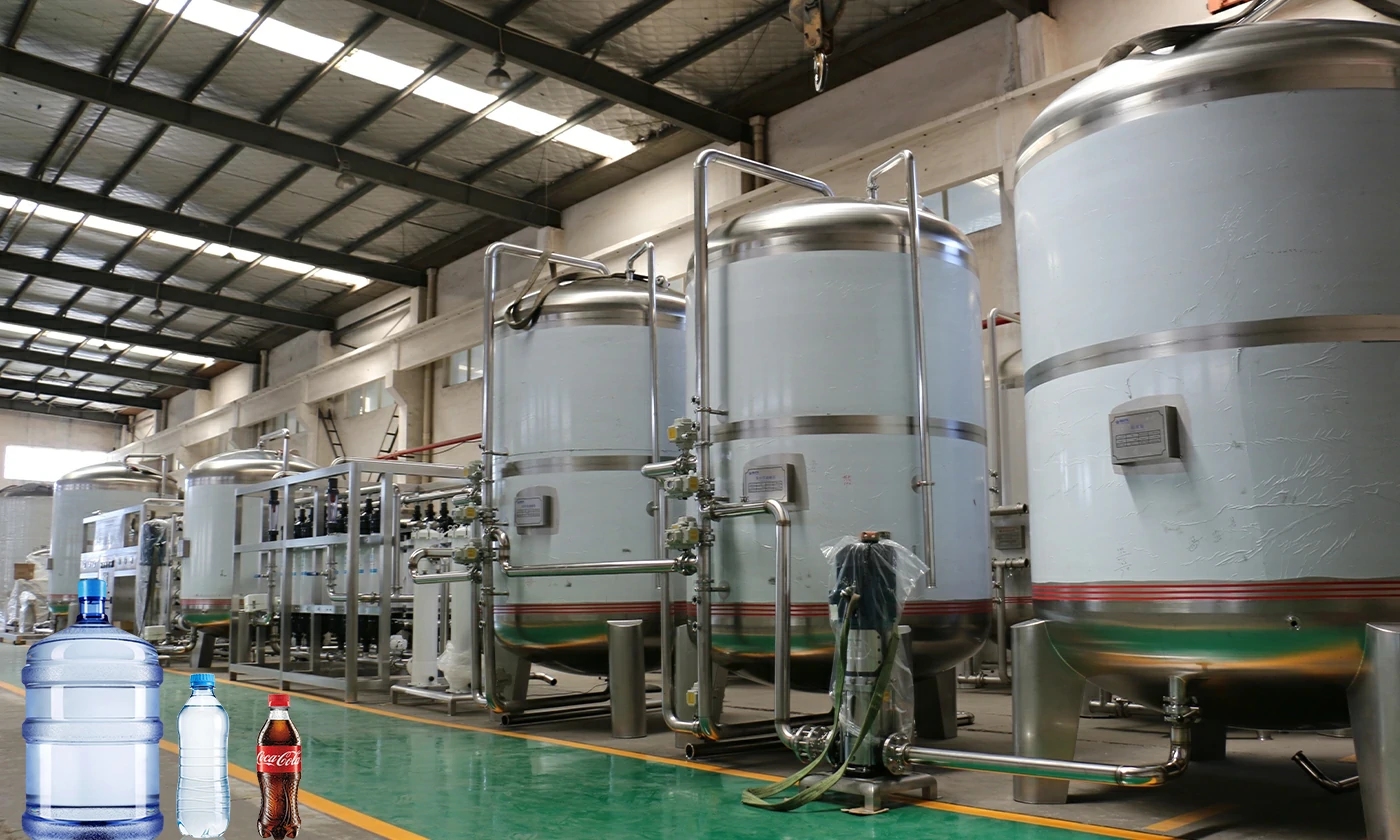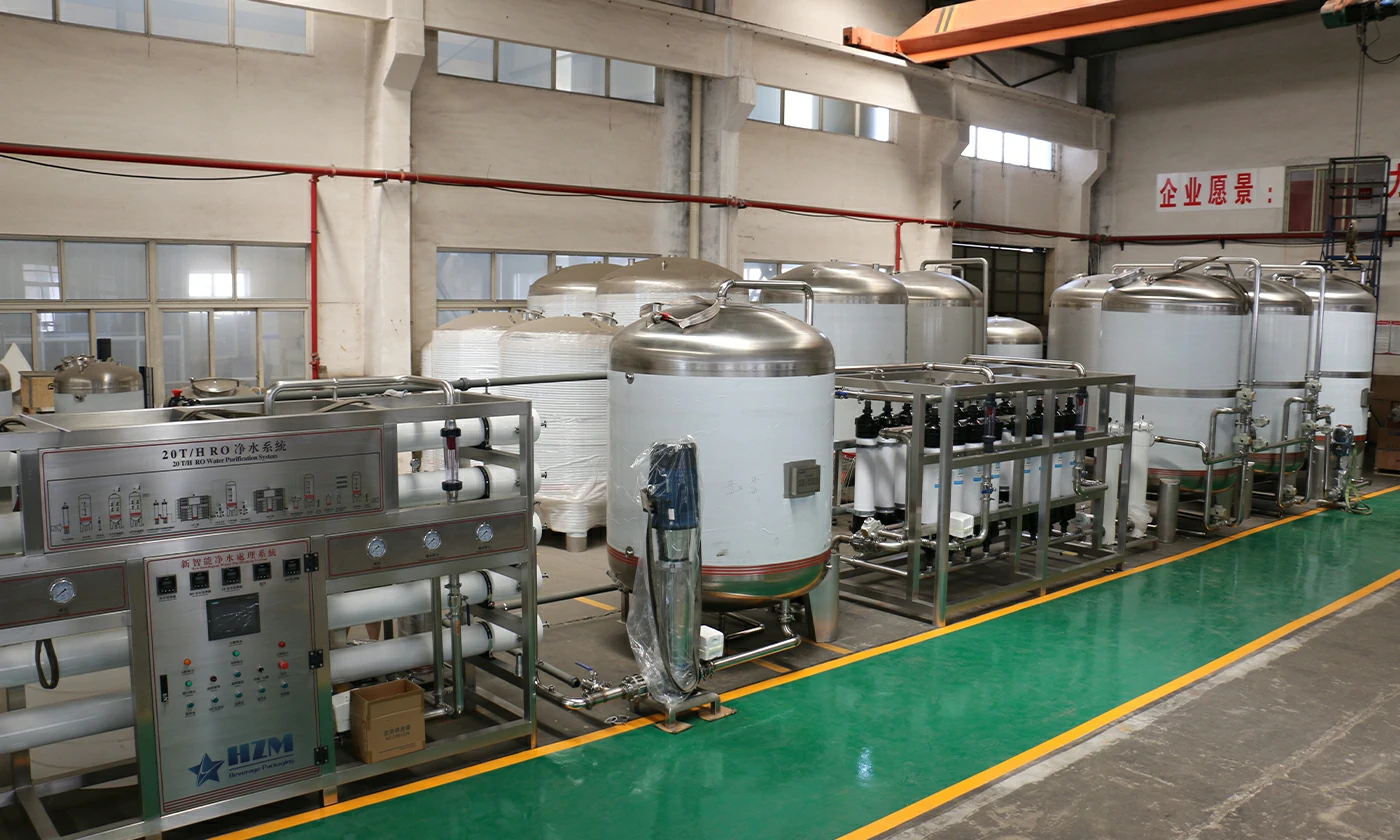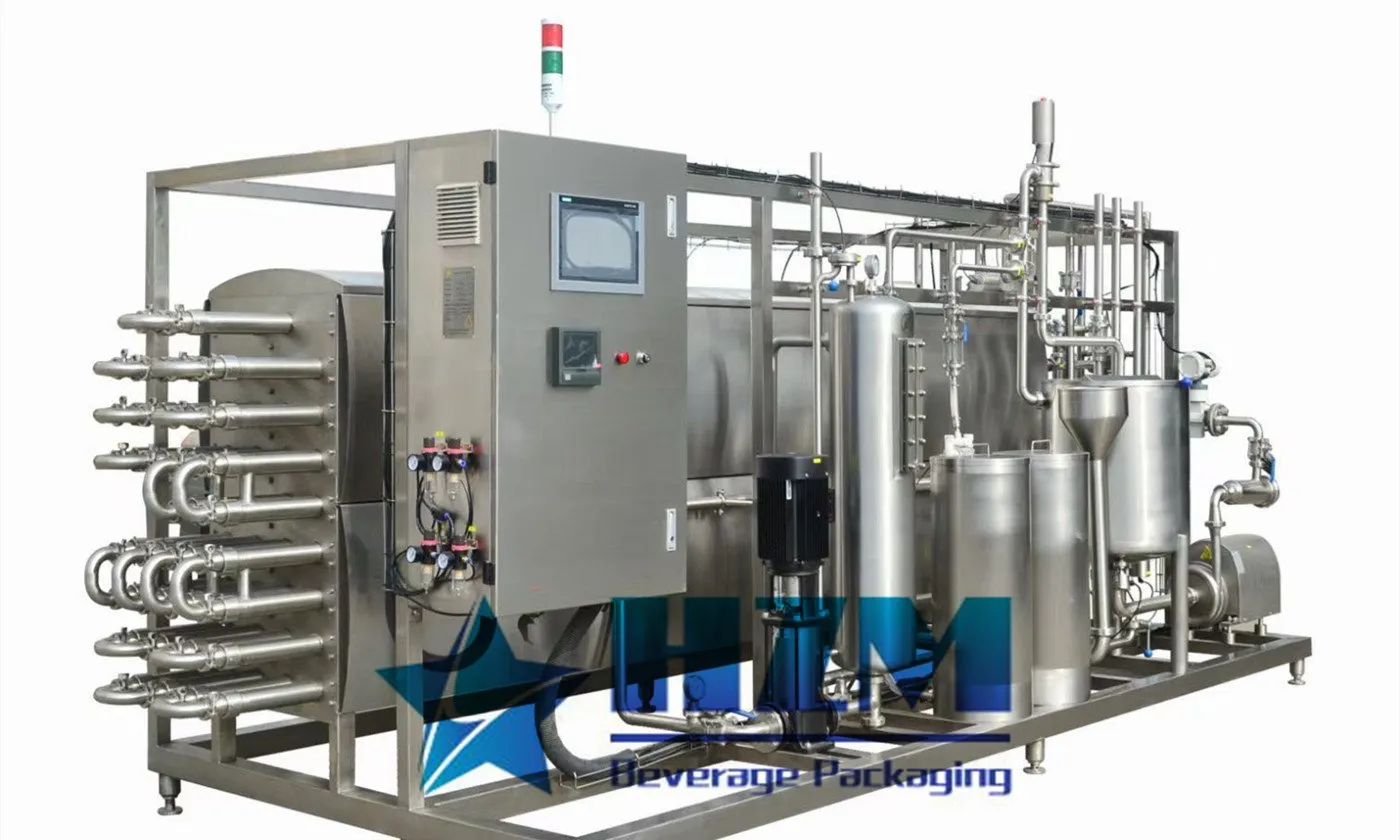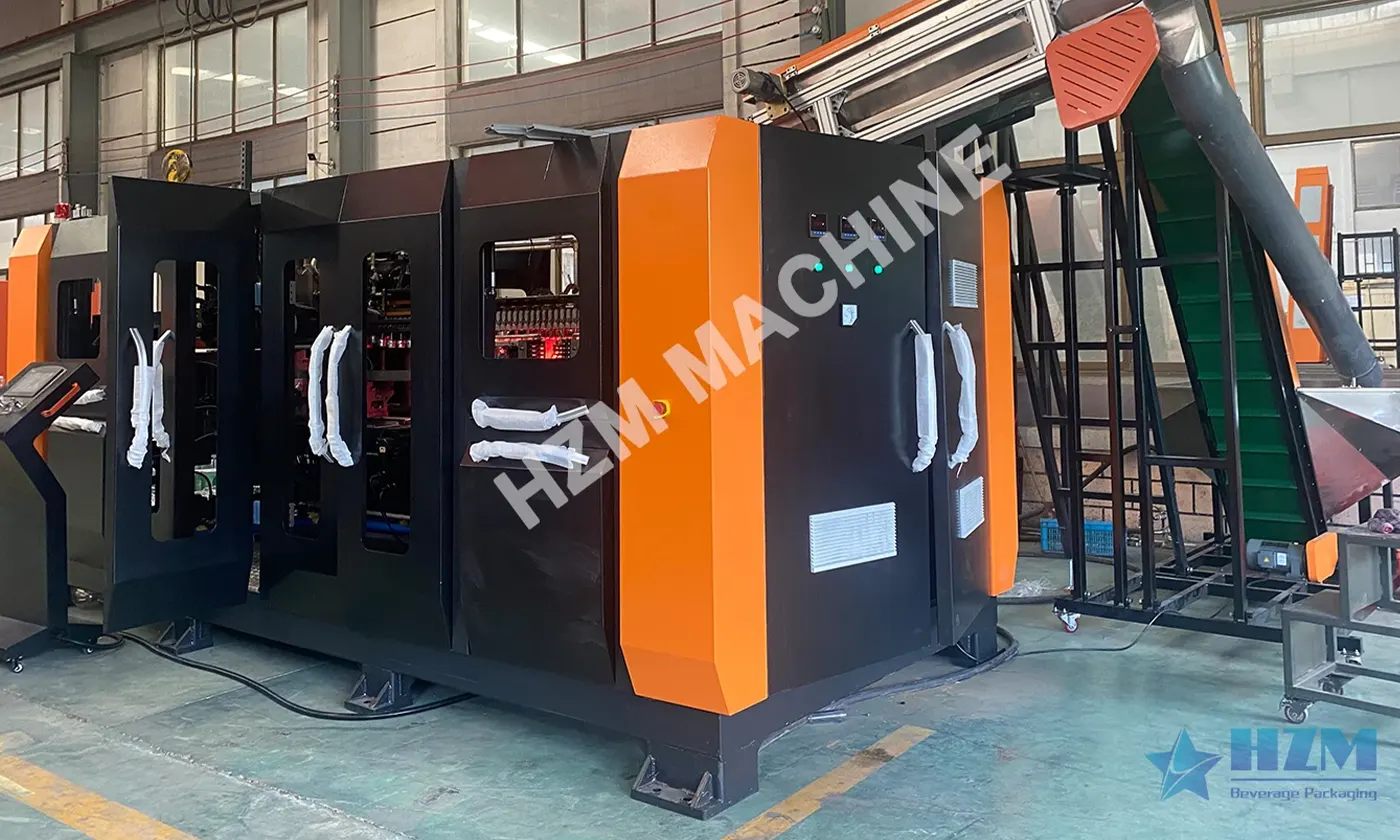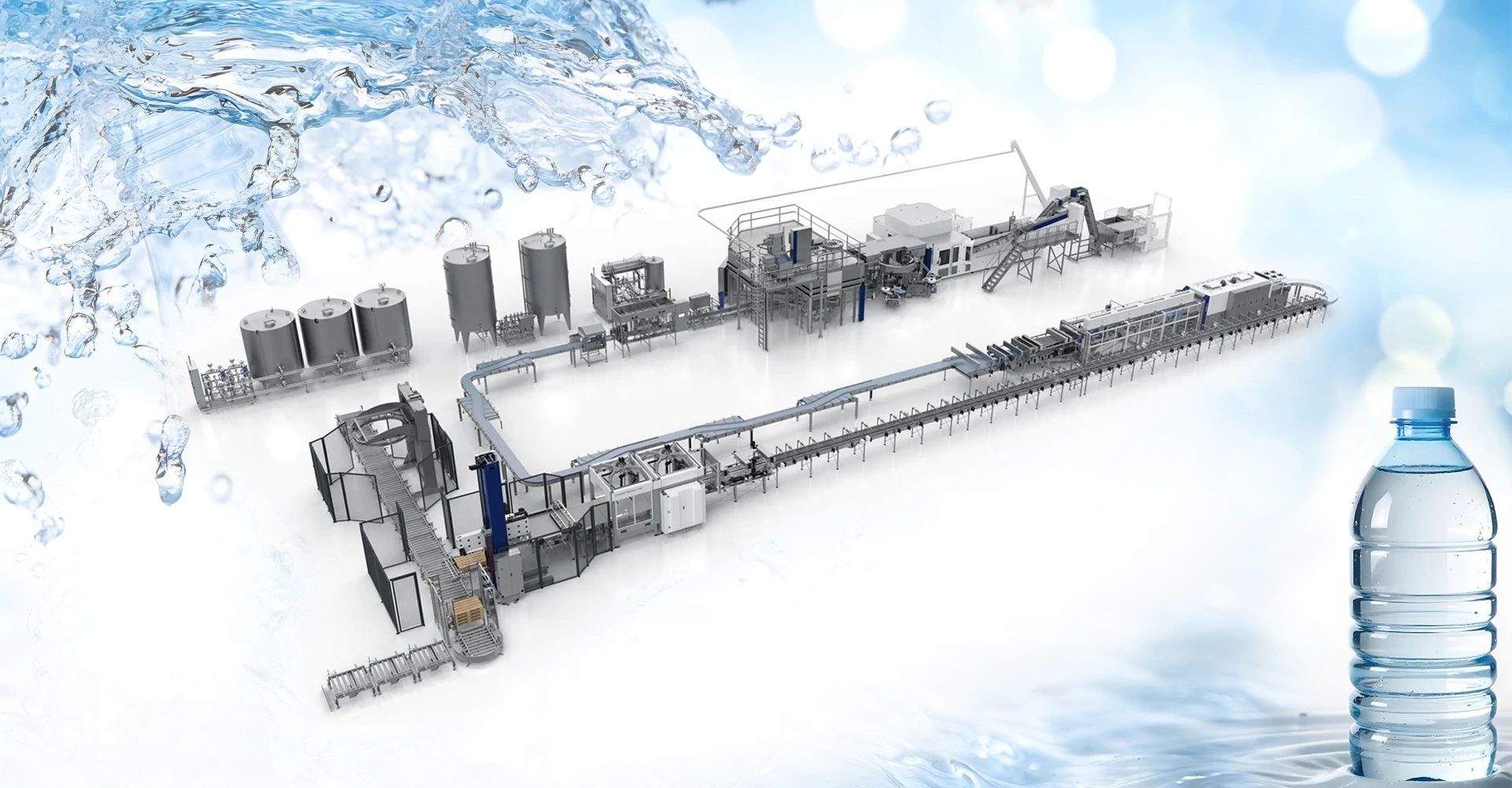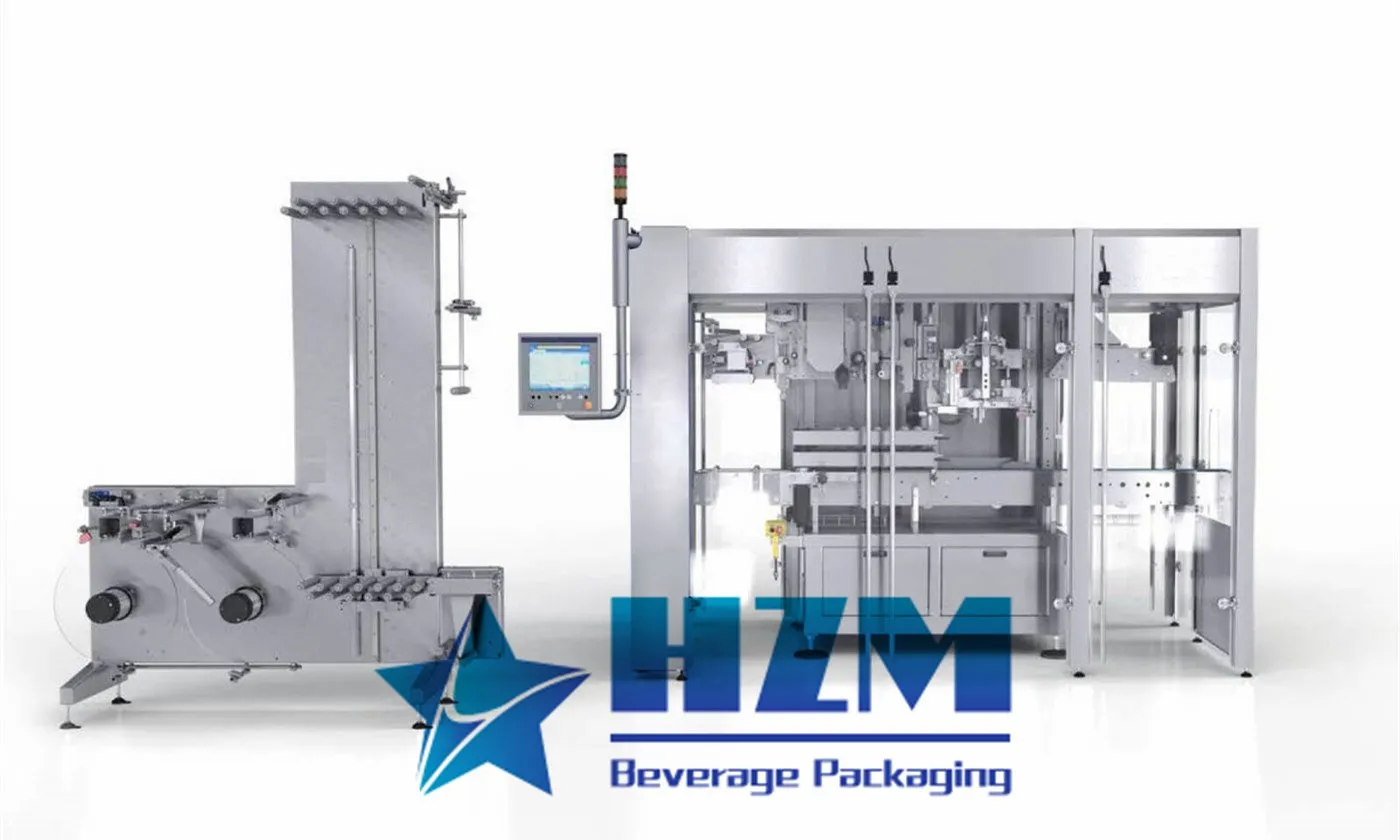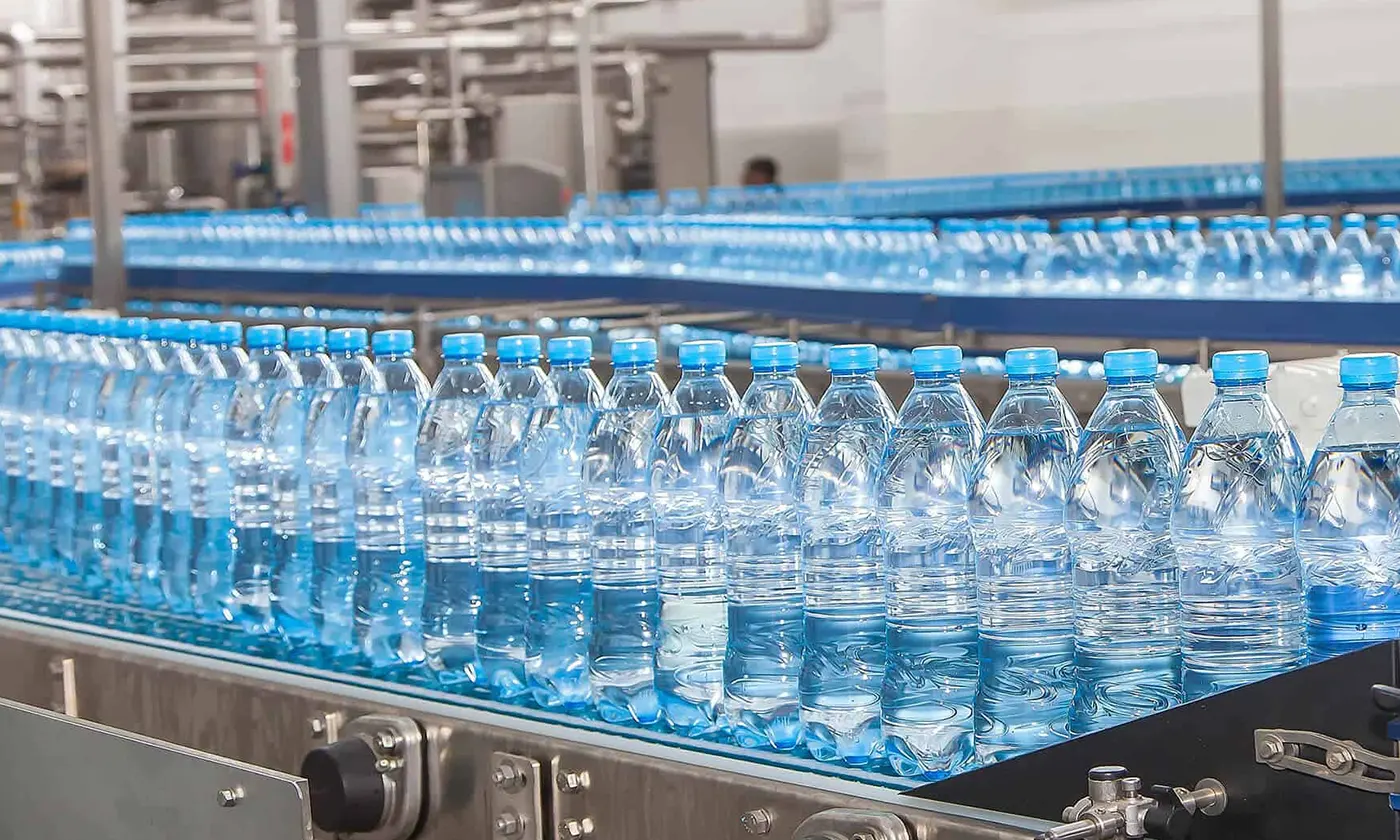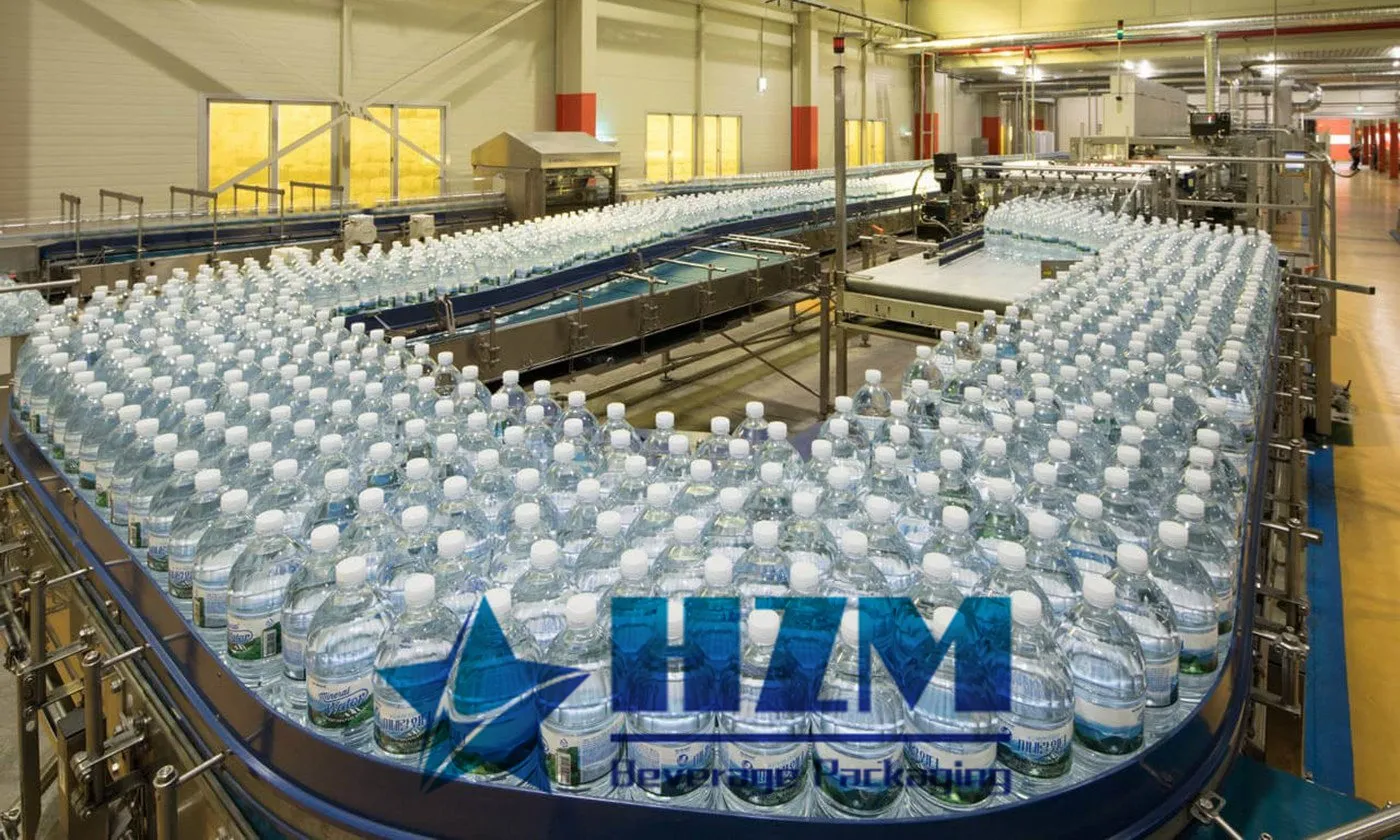Mono-block vs. Separate Filling Machines: Key Differences and Selection Guide
Mono-block filling machines and separate filling machines are two common types of filling equipment, differing in design, degree of functional integration, and usage scenarios. Here’s a breakdown of their key differences, advantages, and considerations for selection

Mono-block Filling Machine
Features
Integrated Functions
Mono-block filling machines combine multiple processes, such as filling, capping, and labeling, into a single unit, forming a compact working system.
Space-saving
Since multiple functions are integrated into one machine, mono-block filling machines typically take up less space, making them suitable for environments with limited space.
Ease of Operation
With all operations concentrated in one machine, operators only need to manage a single piece of equipment, simplifying the operation process.
Advantages
- Efficient Production: All processes are completed within the same machine, reducing intermediate transfer time and increasing production efficiency.
- Simplified Maintenance: Maintenance and troubleshooting are concentrated on one machine, reducing the complexity and cost of maintenance.
- Space Efficiency: The integrated design is ideal for small factories or production lines with limited space.
Suitable Scenarios
Ideal for small to medium-sized businesses or factories with limited production line length, especially where quick product type switching or multiple operations in a short time are needed.

Separate Filling Machine
Features
- Modular Design: Separate filling machines break down the functions of filling, capping, labeling, etc., into independent units, each working separately and configurable on its own.
- High Flexibility: Each module can be individually adjusted or upgraded according to production needs, offering greater flexibility.
Advantages
- Customizability: Different modules can be customized based on specific production needs, and modules can be more easily replaced or upgraded.
- High Output: Suitable for large-scale production lines, where each machine can operate independently at high speeds, increasing overall output.
- Scalability: As production demands change, equipment modules can be flexibly added or replaced, expanding production capacity.
Suitable Scenarios
- Best for large factories or companies that require high output and highly customized production, especially where sufficient space is available for equipment layout.
Selection Tips
Production Scale and Capacity Needs
If you're a small to medium-sized business with limited production line length and need efficient integration of production processes, a mono-block filling machine might be more suitable. For large factories aiming for high output and needing flexible production line layouts, a separate filling machine is more appropriate.
Available Space
Mono-block filling machines are ideal for production environments with limited space, while separate filling machines require more layout space.
Budget and Maintenance
Mono-block filling machines usually have lower purchase and maintenance costs, whereas separate filling machines, though initially more expensive, offer more flexibility in long-term production and upgrades.
Production Diversity
If frequent switching between different product types is required, a mono-block filling machine may be more convenient. On the other hand, separate filling machines are better suited for complex and diverse production lines.
HZM Machinery is a professional manufacturer of filling machines. We offer a wide range of filling equipment to meet your needs at competitive prices. Feel free to contact us anytime for detailed quotes.
TAG: filling machines
-
![Automatic PET Bottle Blowing Filling Capping Machine – Best price beverage machinery]() Automatic PET Bottle Blowing Filling Capping Machine – Best price beverage machinery
Automatic PET Bottle Blowing Filling Capping Machine – Best price beverage machinery -
![Drinking water production line – Bottled Water Filling Machine Manufacturer]() Drinking water production line – Bottled Water Filling Machine Manufacturer
Drinking water production line – Bottled Water Filling Machine Manufacturer -
![Beverage Filling Line – Juice, Water, Soft Drinks, cola, Beer]() Beverage Filling Line – Juice, Water, Soft Drinks, cola, Beer
Beverage Filling Line – Juice, Water, Soft Drinks, cola, Beer -
![Automatic Pure Water Bottling Filling Machine]() Automatic Pure Water Bottling Filling Machine
Automatic Pure Water Bottling Filling Machine -
![Fully Automatic Beverage Filling Machine]() Fully Automatic Beverage Filling Machine
Fully Automatic Beverage Filling Machine -
![3-In-1 Water Bottle Filling Machine]() 3-In-1 Water Bottle Filling Machine
3-In-1 Water Bottle Filling Machine -
![Mono-block Filling Machine 3 in 1]() Mono-block Filling Machine 3 in 1
Mono-block Filling Machine 3 in 1
-
![Automatic PET Bottle Blowing Filling Capping Machine – Best price beverage machinery]() Automatic PET Bottle Blowing Filling Capping Machine – Best price beverage machineryOct , 24 /2025
Automatic PET Bottle Blowing Filling Capping Machine – Best price beverage machineryOct , 24 /2025 -
![Drinking water production line – Bottled Water Filling Machine Manufacturer]() Drinking water production line – Bottled Water Filling Machine ManufacturerSep , 11 /2025
Drinking water production line – Bottled Water Filling Machine ManufacturerSep , 11 /2025 -
![Beverage Filling Line – Juice, Water, Soft Drinks, cola, Beer]() Beverage Filling Line – Juice, Water, Soft Drinks, cola, BeerJul , 21 /2025
Beverage Filling Line – Juice, Water, Soft Drinks, cola, BeerJul , 21 /2025 -
![Automatic Pure Water Bottling Filling Machine]() Automatic Pure Water Bottling Filling MachineDec , 21 /2023
Automatic Pure Water Bottling Filling MachineDec , 21 /2023 -
![Fully Automatic Beverage Filling Machine]() Fully Automatic Beverage Filling MachineOct , 11 /2023
Fully Automatic Beverage Filling MachineOct , 11 /2023 -
![3-In-1 Water Bottle Filling Machine]() 3-In-1 Water Bottle Filling MachineOct , 10 /2023
3-In-1 Water Bottle Filling MachineOct , 10 /2023 -
![What should be paid attention to when purchasing food-specific filling machines?]() What should be paid attention to when purchasing food-specific filling machines?Apr , 21 /2023
What should be paid attention to when purchasing food-specific filling machines?Apr , 21 /2023 -
![200-500ml Ultra-Clean Filling Machine]() 200-500ml Ultra-Clean Filling MachineJun , 09 /2023
200-500ml Ultra-Clean Filling MachineJun , 09 /2023 -
![Filling Machine, Classification, Workflow, Instructions for Use, Procurement]() Filling Machine, Classification, Workflow, Instructions for Use, ProcurementJun , 19 /2023
Filling Machine, Classification, Workflow, Instructions for Use, ProcurementJun , 19 /2023 -
![Revolutionizing Beverage Production: The Ultimate Beverage Filling Machine]() Revolutionizing Beverage Production: The Ultimate Beverage Filling MachineJun , 27 /2023
Revolutionizing Beverage Production: The Ultimate Beverage Filling MachineJun , 27 /2023


